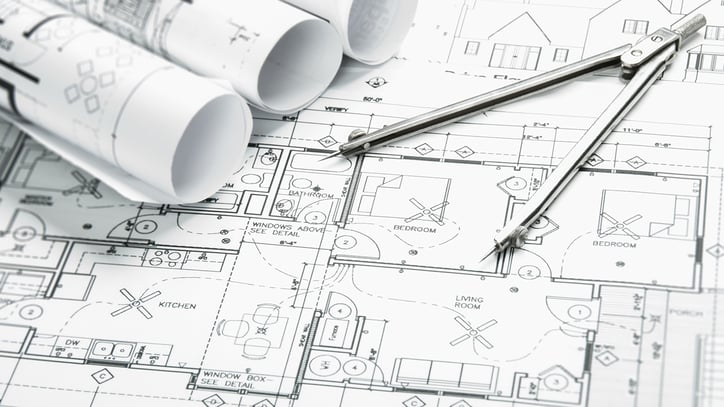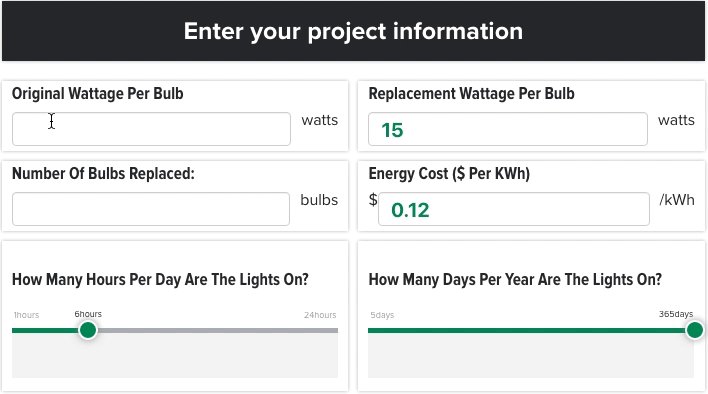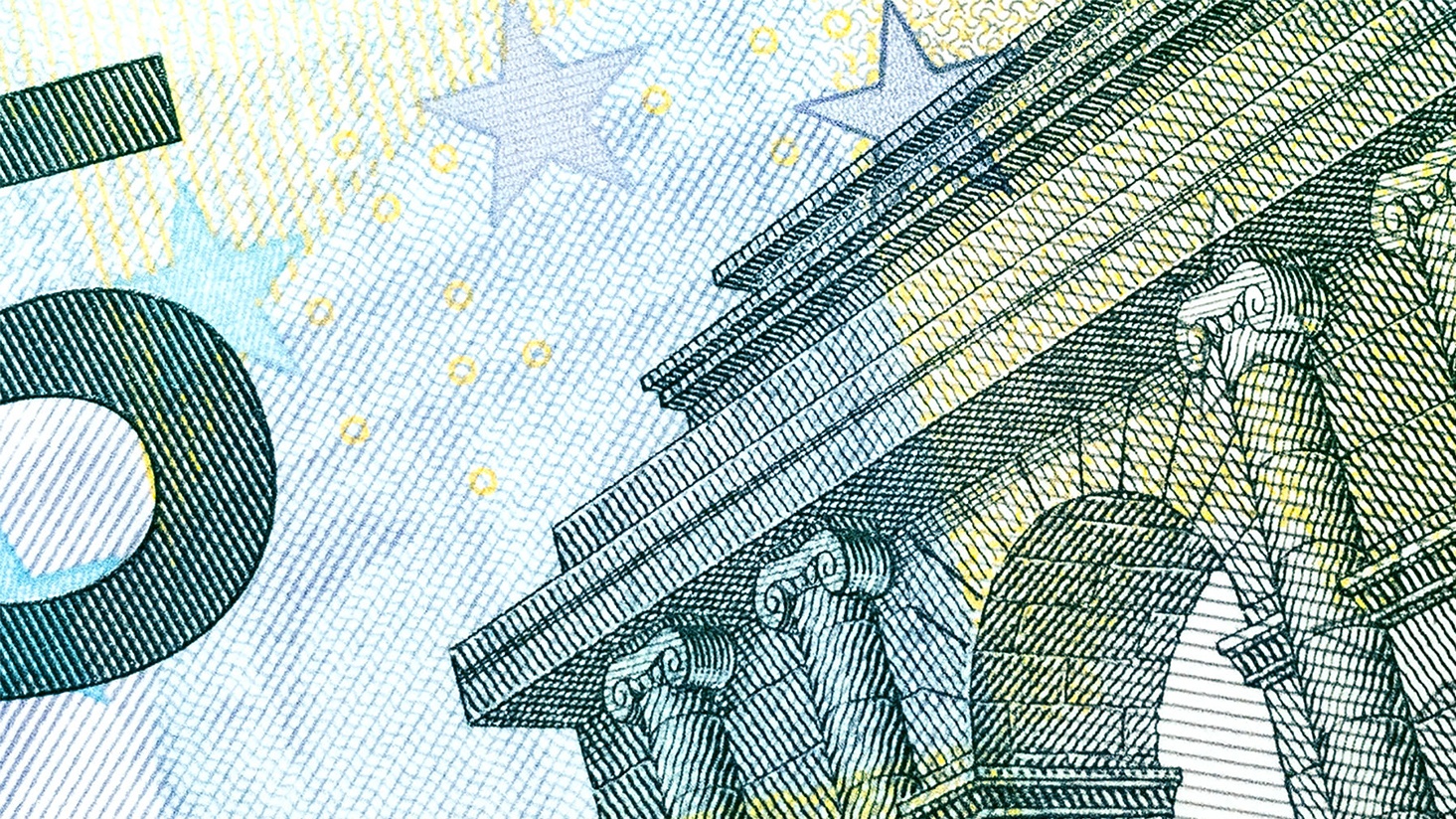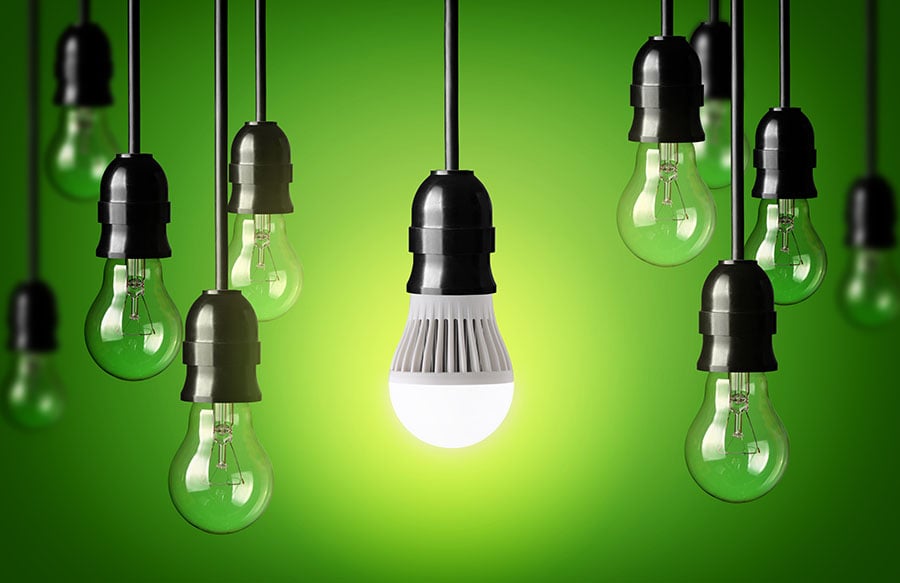How to calculate HVAC energy savings from lighting: A step-by-step guide

This is the second in our series of articles meant to take the mystery out of savings and payback calculations for lighting. From designers to engineers to executives, lighting projects are more commonly cross-functional decisions.
This article focuses on one of the least-covered questions on savings calculations for lighting projects: How can a lighting retrofit save you money on HVAC costs?
While this may seem far-fetched, our detailed, step-by-step instructions will help you calculate your potential savings so you can determine for yourself if you think it is appropriate to factor it into your savings calculations. For starters, this only applies to lighting retrofit projects done in a space that uses air conditioning.
Looking for more simple, "gut check" calculations? Use our Energy Savings Calculator to get started.
The principle behind HVAC energy savings from lighting
Traditional lighting products, like incandescent and halogen bulbs, put off a ton of heat. In fact, they are more efficient at producing heat through that glowing hot filament than light. Each watt of light output produces heat in your facility that has to be dealt with, and in summer months, that takes extra energy.
There are several ways to calculate the HVAC savings from lower wattage lighting, but the simplest is a “rule of thumb” standard developed by ASHRAE (American Society of Heating, Refrigeration and Air Conditioning Engineers). Their guideline states that 30 to 35 watts of cooling is required to offset the heat output for every 100 watts used to light a space (we will meet in the middle and use 33 watts or 0.33 for our example below).
For our example, we will continue with the example we started with in our last article –– "How to calculate energy savings for lighting only." You are replacing a 90 watt PAR 38 bulb with a 14 watt LED PAR 38 that operates 12 hours a day and 360 days per year. Let’s get started!
Step 1: Gather your facts
You will need to pull together the following items before we dive into the calculations.
- Total annual energy savings: In this case, the annual savings is 328 kWh (see Step 4 in “How to calculate energy savings for lighting only”)
- Months of cooling: Estimate the number of months that your location(s) operate air conditioning. In this case, let’s assume we are located in New York City, which averages about 4.6 months of cooling per year. We use this reference from the U.S. Navy to figure out the months of cooling.
- Electricity rate: This can be tricky depending on the utility rate you are paying, but a reasonable national average is $0.10/kWh to $0.14/kWh. For our example, we will use $0.12/kWh.
Need a kilowatt primer? We explain here: 'kW vs. kWh: How much energy is my lighting using?'
Step 2: Calculate percentage of the year when cooling is running
Remember that we only want to calculate the heat reduction savings during months when the cooling system is actually operating.
| Months of Cooling | |
| ÷ | 12 Months |
| = | % of Year when Cooling Runs |
| 4.6 Months of Cooling | |
| ÷ | 12 Months |
| = | 38.33% of the Year Cooling is Operating |
Step 3: Calculate energy savings from reduced HVAC load
Now that we know we’re running cooling for a little more than a third of the year, we can figure out how much energy would be used to cool the space just to offset the higher-wattage lighting.
| Annual Energy Savings from Lighting | |
| x | % of the Year When Cooling Runs |
| x | ASHRAE Rule |
| = | Energy Savings from Reduced HVAC Load |
| 328 kWh | |
| x | 38.33% of Cooling Time |
| x | .33 ASHRAE Rule |
| = | 41.49 kWh of HVAC Energy Savings per Year |
Step 4: Calculate dollar savings from reduced HVAC load
Now that we know how much electricity we are saving, we need to see how it translates to real dollars.
| HVAC Energy Savings per Year | |
| x | Electricity Rate |
| = | Total Dollar Savings (from HVAC) |
| 41.49 kWh Saved | |
| x | $0.12/kWh |
| = | $4.97 Saved per Bulb per Year |
This may seem like a small amount of energy, but scale this across hundreds or thousands of sockets across your company and you will quickly reach significant numbers. Some of our clients still prefer to leave this factor out of their payback estimates for the sake of being conservative, but it’s important that you know the full impact of a lighting retrofit project.
Additional Resources:












